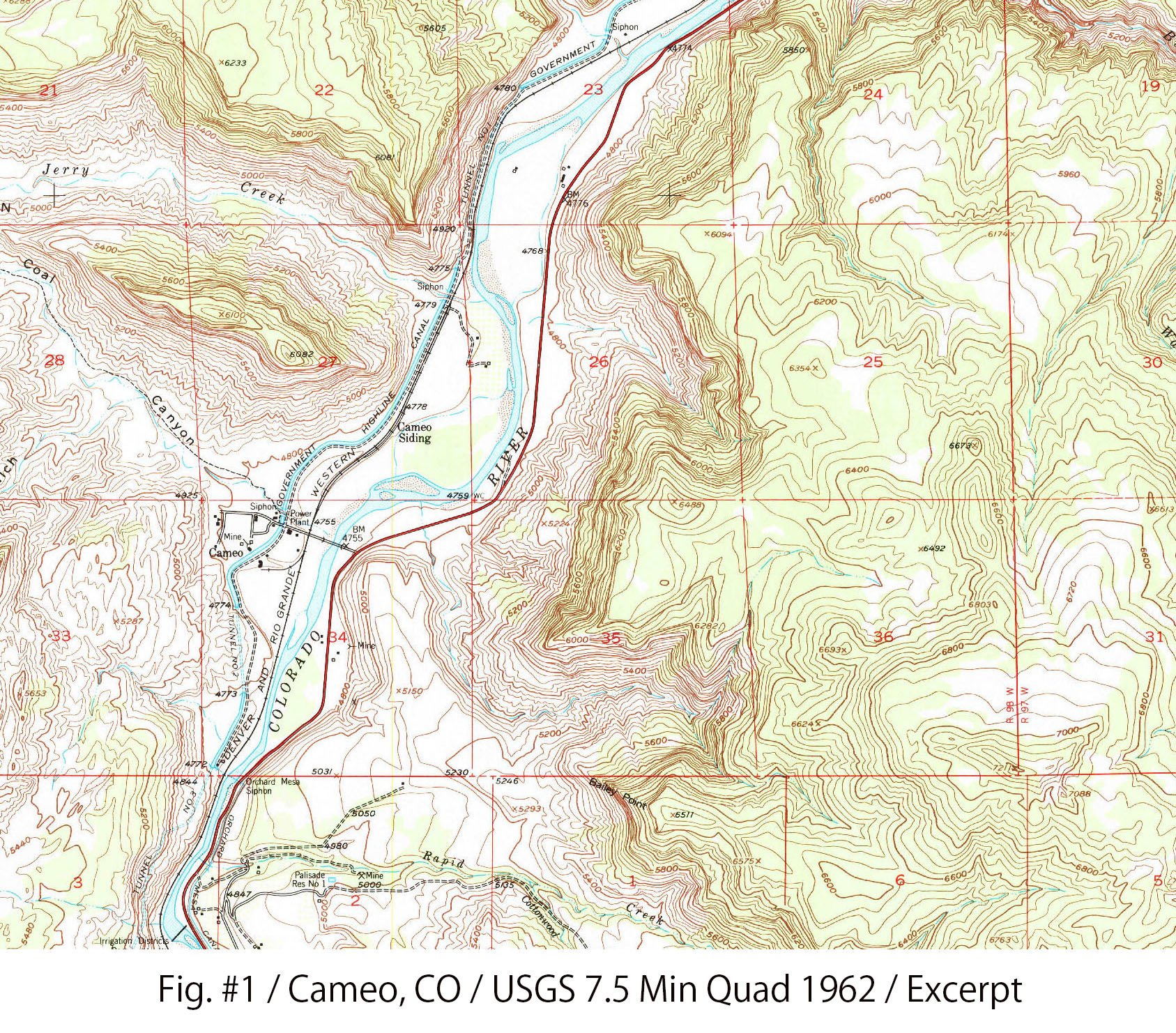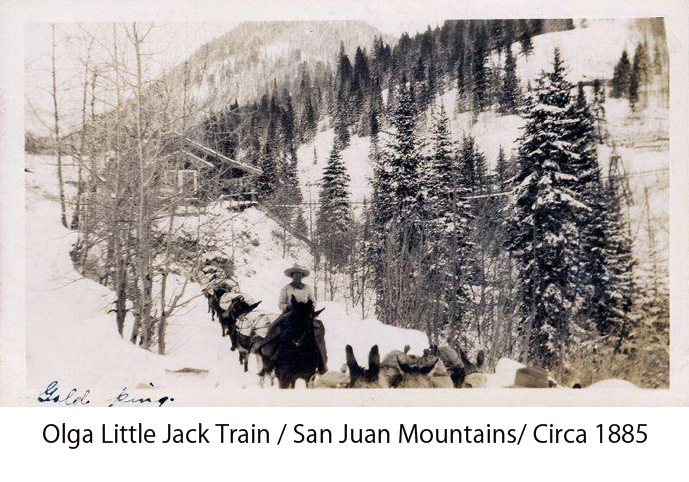
Road Law Blog

COLORADO’S SECTION LINE ROADS
Sec. 3931 (Mills Ann. St., Chapter 108; Colorado Laws 1891) conferred upon county commissioners an interesting power over federal lands “in the public domain”.
“…Provided, the commissioners of the county may, at any regular meeting, by an order of the board, declare any section or township line on the public domain, a public highway; and on and after the date of such order, which shall be attested by the clerk, under seal of the county, and recorded in the office of recorder of deeds, the road so laid out shall be a public highway…”

WHAT CONSTITUTES A “ROAD”?
I have occasionally been confronted in cross-examination by legal counsel insisting that there are legal differences between “trails” and “roads”. “RS 2477”, they argue, “requires a land route on which wagons and trucks may pass each other in opposing traffic – in other words, a road but not a trail”. Admittedly, a “trail” is a land route created by pedestrian or equestrian traffic moving in single file while a “road” is often considered a land route wide enough to accommodate a four-wheeled vehicle (wagon or truck). Nonetheless, I often cite to various legal authorities which do not support the attorney’s argument. Indeed, Colorado jurisprudence has been decidedly on my side…

THE FEDERALLY RETAINED EASEMENT
On May 26, 2023, the federal court in Wyoming rendered its decision on “cross-walking” over corners of private and public sections of land as shown in the figure above. The circumstances were intriguing. The defendants had fabricated a metal ladder allowing them to literally climb over the pinpoint intersection and thereby avoid stepping on the private land. The court rejected the land baron’s argument that he owned the air space above that pinpoint…

THE IMPORTANCE OF RECORDING A ROAD SURVEY
Claims under RS 2477 and Prescriptive Easements (C.R.S. 38-41-101(1) and 43-2-201(1)(c)) involve land routes which not only have not been the subject of recorded deeds but also which have not previously been surveyed as to their course and route. The successful claimant then must obtain a survey showing the course, route and width of the easement. The court’s failure to do so is judicial error. Bd. Cty. Cmmsrs, Delta v. Ogburn 554 P.2d., 700, 702 (Colo. App. 1976); Lovvorn v. Salisbury 701 P.2d. 142, 144 (Colo. App. 1985); Wright v. Horse Creek Ranches 659 P.2d. 705, 709 (Colo. App. 1977). The courts have not dictated the specific type of survey. Traditional metes-and-bounds surveys are available but GPS and drone surveying have been found to be eminently practicable – and equally precise - in remote and rugged terrain. Both traditional and so-called “modern” surveying result in printed plats showing centerline and road width on each side of…

GLO SURVEYS AND THEIR PLATS

LITIGATING THE ROAD CASE
THE RELATION BACK RULE

COLORADO TOLL ROADS
Sooner or later, the surveyor, attorney or road historian will encounter a toll road in the history of Colorado settlement. Toll roads were quite popular in the latter 1800’s since private investment, rather than scarce public revenue, would be used to build badly needed roads. The Colorado State Archives lists 93 toll roads holding state charters (Articles of Incorporation) to construct and operate in Colorado during the 1800’s. The Gunnison Country lists 46 toll road companies authorized within Gunnison County alone…

COLORADO’S PUBLIC HIGHWAY: THE RAILROAD
Acquisition of Railroad Rights of Way: Railroads could acquire their rights-of-way in one of three ways. Read more to find out how…

THE PREEMPTION ACT OF 1841
Settlement of the American West had two basic prerequisites. First, the land had to be surveyed into townships, ranges and sections. Without a survey the land could not be definitively located. Thus, the Government Land Office (GLO) did not offer public lands for sale or homestead until there had been an official survey approved by the U.S. Surveyor General. Second…
CONSERVATION EASEMENT vs. PROFIT A PRENDRE
Mr. Jones had created a conservation easement on his land, conveying the conservation easement to a qualified trust. Mr. Jones still owned the land and actively farmed it as part of his ranching activities. Mr. Smith, on the other hand, had sold his land and the purchaser conveyed to him a common law Profit a Prendre covering the entirety of the ranch. Mr. Smith worried that should the landowner attempt to develop the land for condominiums, his Profit a Prendre might be imperiled.

ALTERATIONS TO THE R.S. 2477 EASEMENT
Many people ask me whether an R.S. 2477 road, created in the last 1800’s, is restricted to the width, course and use that created it. An R.S. 2477 road is just like any other road created by legislative act. It can be widened and improved to accommodate new and additional traffic not only before October 22, 1976 (when R.S. 2477 was repealed) but after that date as well. The most famous example…